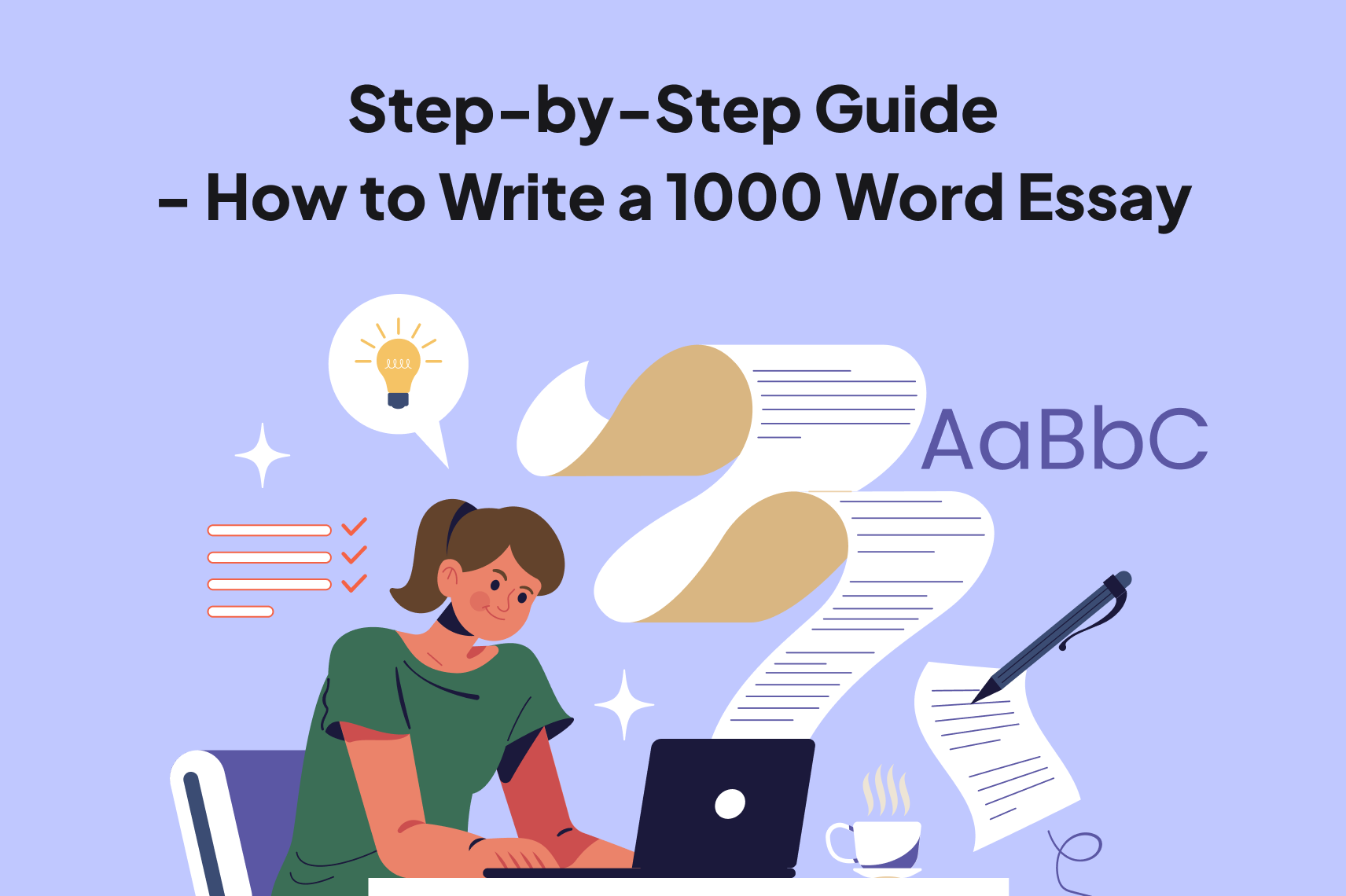Let’s get something straight–this industry isn’t just cranking out five-paragraph essays anymore. I’ve been working with EssayPay for years, and if there’s one thing I’ve learned, it’s that the “format” of a paper tells you more about the current state of education than most faculty senate meetings ever will. The types of assignments students ask for? That’s where the real curriculum lives.
We’re not just talking about APA vs MLA. We’re talking about what students are really being asked to do now, across hundreds of campuses, and what that says about the gap between theory and survival in academia.
📘 The Usual Suspects: Still Running the Show
Let’s not pretend the classics are dead. If you’ve been in college anytime since Aristotle, you’ve probably run into these formats. But just because they’re standard doesn’t mean they’re easy–or relevant.
| Format | Main Focus | Why It’s Still Used |
| Argumentative Essay | Taking a position, backing it up | Professors think it proves critical thinking |
| Analytical Essay | Breaking a subject into parts | Shows depth of understanding, often used in humanities |
| Compare/Contrast | Examining similarities/differences | Forces structured thinking, often misused by instructors |
| Descriptive/Narrative | Sensory or story-driven writing | Still alive in creative writing and general ed courses |
Truth? Most students don’t struggle with the writing. They struggle with how much is expected without enough guidance.
🧠 Formats That Actually Reflect What Students Are Learning
These aren’t “essays” in the traditional sense, but they keep coming up. More than ever. And frankly, I think that’s a good thing.
1. Case Studies
You’ll see these in psychology, nursing, law, business. They’re like essays wearing a lab coat: hypothesis, context, analysis, conclusion.
I had a client from NYU who sent me four pages of field notes and a recording of a mock therapy session, what she needed was interpretation, not fluff. That’s where case studies shine.
2. Reflective Journals
Not diary entries. These follow a structured framework, often tied to Kolb’s or Gibbs’ reflective cycles. Education majors and clinical students know these too well.
3. Annotated Bibliographies
Underrated but highly requested. This format is about research fluency, finding credible sources and explaining why they matter. Many students pair these with research proposals or lit reviews.
🧪 Research Papers: Still the Academic Gold Standard
No, research papers didn’t vanish. They just got more complicated.
The standard structure still dominates, and professors rarely explain it properly.
- Abstract: 150 words to explain 15 hours of work
- Intro + Lit Review: Setting the academic stage
- Methodology: AKA “what I did, and why it wasn’t chaos”
- Findings & Analysis: Where most students panic
- Conclusion: Wrap it up, but don’t repeat yourself
A Harvard undergrad once told me he felt “paralyzed” at the Methodology stage because he didn’t think his approach was valid enough. That’s a big, unspoken issue: format anxiety.
⚙️ Scripts, Slides, and Speechwriting: The Ghost Formats
Nobody talks about these, but they’re showing up more than ever:
- Academic debates (complete with citations)
- Presentation scripts (especially for thesis defenses)
- Mock trials and simulation games
I once worked with a Georgetown poli-sci major who needed a full debate script arguing against the legality of drone strikes. That assignment never said “essay,” but it had all the demands of one.
🧰 Automation Tools: Helping or Just Distracting?
Let’s talk about the tools people think will do the formatting for them.
- Title Generators: Good for sparking ideas. Useless alone.
- Citation Machines: Useful but wildly error-prone.
- AI Outliners: They create the skeleton, but not the flesh.
Key Point: These writing tools are assistive, not replacement-level. You still need a human brain (or at least one willing to fake it convincingly).
🧭 The Real Formatting Challenge
It’s not just “write it in APA.”
Each format has layers and it gets political:
| Style | Where It’s Used | Common Pitfalls |
| APA | Psychology, social sciences | In-text citations, reference page formatting |
| MLA | Literature, humanities | Header vs. heading confusion |
| Chicago | History, some social sciences | Footnote accuracy |
| IEEE | Engineering | Source order and technical labeling |
A Stanford grad emailed me after receiving a B- because they formatted their APA references “in alphabetical order” but missed the hanging indent. Formatting isn’t decoration. It’s grading criteria.
🚩 Common Formatting Mistakes That Tank Otherwise Decent Essays
Here’s what we see way too often:
- Structurally disconnected paragraphs
- Mixing citation styles (MLA in-text, APA references)
- Headings misused (especially in APA 7)
- No clear thesis or call-back in the conclusion
And yes, we fix this all the time at EssayPay. You’d be shocked how often students confuse a “literature review” with a “book report.”
🧾 Checklist: What Format Is Actually Right for Your Assignment?
| ✅ Question | ✅ Relevance |
| Does it require citations? | Likely APA, MLA, or Chicago |
| Is there a fieldwork component? | Probably a case study or report |
| Are you analyzing personal growth? | Reflective framework |
| Is it tied to a group project? | Likely script, slide notes, or summary |
| Are you comparing sources? | Annotated bibliography or analytical essay |
Formatting Is How Ideas Survive
What I’ve learned from doing this for years is that formatting isn’t the last thing you do. It’s not about tidying up. It’s about organizing thought, your own, and the reader’s. When it’s done well, it’s invisible. When it’s done poorly, it’s all anyone can see.
So no matter what format you’re using or whether you even know the name of it yet–make it readable, make it relevant, and for the love of grades, don’t let your structure sink your substance.
That’s what we do at EssayPay. Not just writing. Real structure that holds up under pressure.




